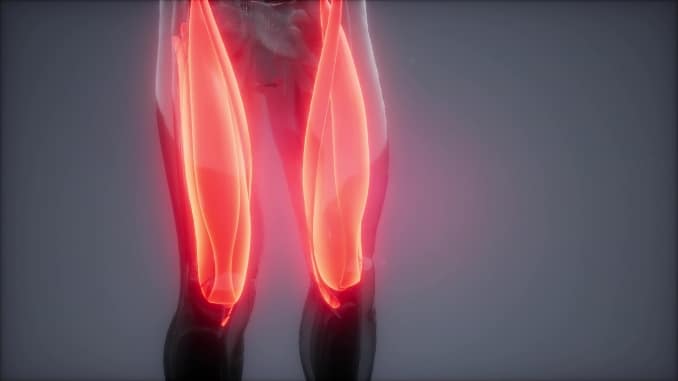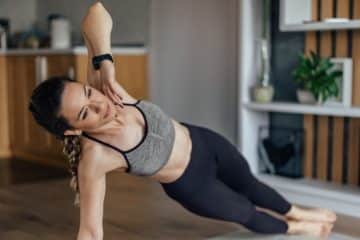A few months ago, I started noticing a sharp pain outside my knee after my runs. It wasn’t intense, but it was persistent enough to worry me.
After some research and chatting with a friend who’s a physical therapist, I learned that the culprit was a muscle I’d never really paid attention to—the vastus lateralis. It’s a key part of my Quadriceps femoris muscle group, running along the outer side of my thigh bone, and apparently, it’s crucial for knee and hip stability. The vastus lateralis originates from the lateral lip of the linea aspera and other regions of the thigh bone.
So, I started focusing on stretching this muscle, and the results were a game-changer. Not only did the pain ease up, but I felt a huge improvement in my overall leg flexibility and strength, which also helped the alignment of the quadriceps tendon and surrounding quad muscles.
Why Should We Stretch Vastus Lateralis?
Stretching this muscle [1] helps keep my knee and hip movements smooth and pain-free. Tightness in the vastus lateralis can lead to knee pain or make you more prone to injuries. Keeping it flexible is one of the easiest ways to avoid that and maintain good leg health.
Dr. Dan, DPT, shares on TikTok that stretching the vastus lateralis can help alleviate patellar pain. He suggests incorporating stretches like the kneeling quad stretch and using a foam roller to target the muscle effectively.
Importance of Stretching the Vastus Lateralis
Stretching the vastus lateralis is important for maintaining knee and hip flexibility, preventing tight vastus lateralis muscles, and reducing the risk of injuries. It supports proper muscle function, aids in recovery, and helps alleviate knee pain, ensuring overall leg health and efficient movement in daily activities and sports.
4 Easy and Common Vastus Lateralis Exercises
1. Standing Quad Stretch
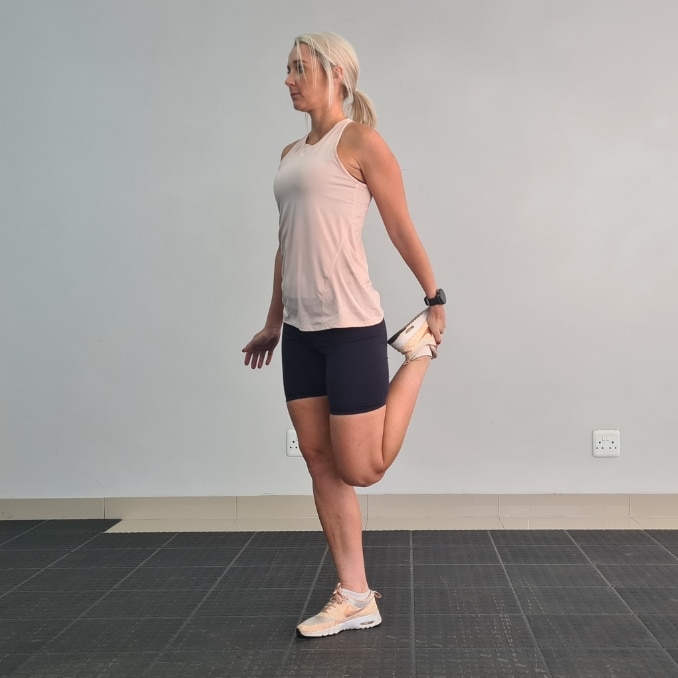
- For this vastus lateralis stretch, begin in an upright standing position with your feet hip-width apart, maintaining good alignment with your head, shoulders, hips, and legs.
- Bring your left heel up against your seat, holding your foot with your left hand.
- Hold the position for a few seconds.
- Relax and return to the starting position.
- Repeat the movement on the opposite side.
2. Lunges
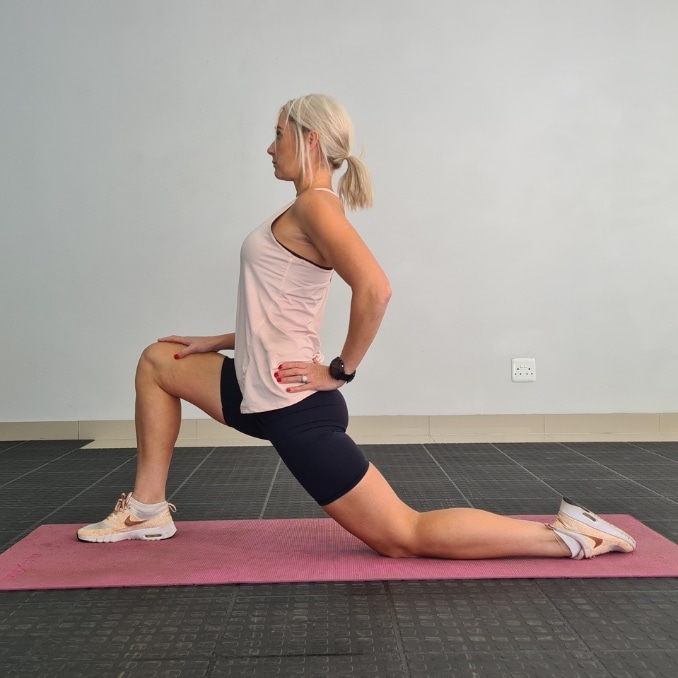
Recommended for early rehab [2] to help keep the kneecap properly aligned.
- Begin in an upright standing position with your feet hip-width apart, maintaining good alignment with your head, shoulders, hips, and legs.
- Step one foot forward and lower your hips until both knees are bent at about a 90-degree angle, with your back knee resting on the floor.
- Place your hands on your hips or your front thigh for support.
- Hold this position for several deep belly breaths, in through your nose and out through your mouth.
- Push back to the starting position and repeat the movement 10-15 times on each leg.
3. Step-Ups

- Begin in an upright standing position in front of a sturdy bench or step, maintaining good alignment with your head, shoulders, hips, and legs.
- Step up with one foot onto the bench, then bring the other foot up to meet it.
- Step down one foot at a time.
- Repeat this movement 10-15 times on each leg, ensuring controlled and steady steps throughout the exercise.
4. Wall Sits
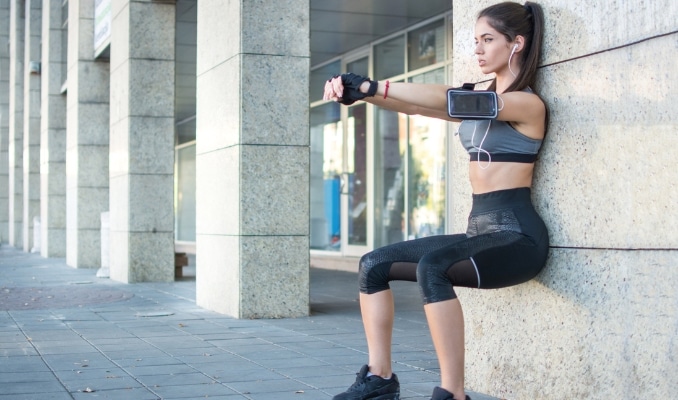
- For this vastus lateralis stretch, begin in an upright standing position behind a wall, feet wider than shoulder-width apart.
- Maintain good alignment with your head, shoulders, and hips.
- Press your back against the wall and engage your core.
- Slowly slide down into a sitting position, while keeping your knee at a 90-degree angle.
- Extend your arms at shoulder height.
- Hold this position for a couple of seconds, ensuring your core is engaged and your back remains flat against the wall.
- Raise back up to return to an upright standing position and repeat the movement with 5 to 10 repetitions.
5. Supine Quad Stretch
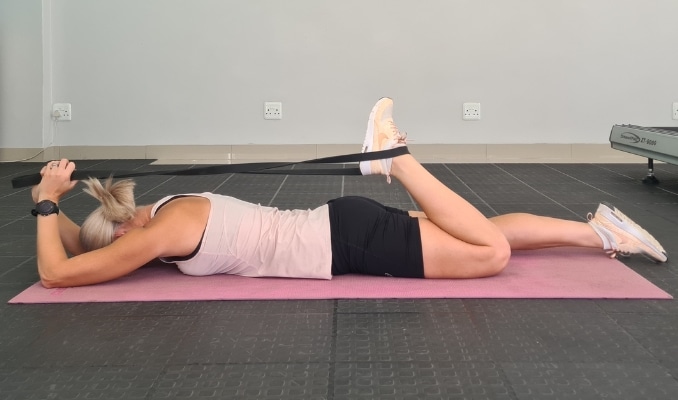
- Begin by lying face down on a mat, keeping your body in a straight line with your head, shoulders, hips, and legs aligned.
- Loop a strap or resistance band around your left foot and gently pull the strap over your shoulder, bending your left knee to bring your heel toward your glutes.
- Hold the strap with both hands for support, keeping your head and neck relaxed.
- Hold this stretch for several deep belly breaths, in through your nose and out through your mouth.
- Relax and return to the starting position.
- Repeat the stretch on the opposite side.
7. Reclined Hero Pose
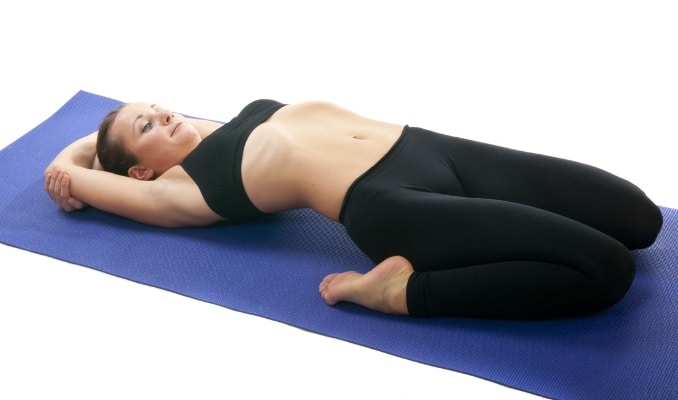
- For this vastus lateralis stretch, begin by kneeling on a mat with your knees together and your feet slightly wider than your hips, maintaining good alignment with your head, shoulders, and hips.
- Slowly lower your hips between your heels, sitting back on the mat.
- Gradually recline backward, lowering your upper body towards the mat while keeping your hands extended overhead and clasped together.
- Allow your head to rest on the mat and your chest to open up.
- Hold this pose for several deep belly breaths, in through your nose and out through your mouth.
- To release, unclasp your hands, engage your core, and carefully bring yourself back to the kneeling position.
What is the Vastus Lateralis Muscle
To put it simply, the vastus lateralis is one of the muscles that make up your quadriceps (or quads). It’s the one on the outer part of your thigh, and its main job is to help you straighten your knee.
That’s pretty important for all sorts of activities like walking, running, and squatting. When this muscle gets tight, it can mess with your knee alignment and cause discomfort or even injury.
According to Dr. Anuvitha Kamath, the vastus lateralis muscle is one of the largest muscles among the quadriceps muscles of the thigh which includes the rectus femoris, vastus medialis, vastus lateralis, and vastus intermedius. It is located on the lateral side of the thigh bone.
The function of the vastus lateralis muscle is to provide stability to the hip and knee joints while walking or running. It also helps extend the knee joint, playing a significant role in coordinating the movement of the quadriceps tendon.
Takeaways
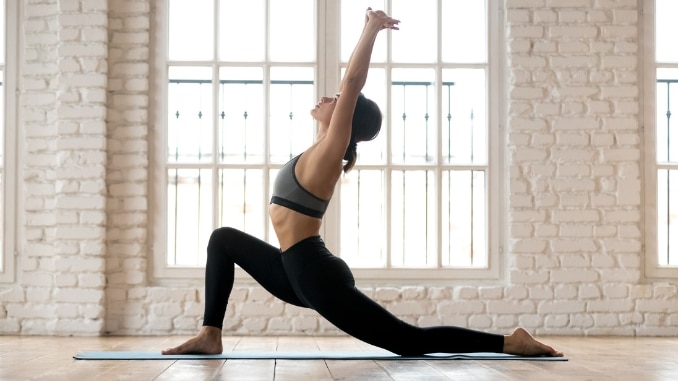
I’ve found that by regularly stretching and strengthening the vastus lateralis, I can move more comfortably and avoid that nagging knee pain. It’s all about being proactive and staying consistent. A little effort each day goes a long way toward keeping my muscles healthy and my legs strong.
You can achieve the legs you've always wanted. Even if you’ve tried other thigh workouts without seeing the results you desire, don’t worry—this program is different. So check out this Tone and Tighten Thigh Workout now!

